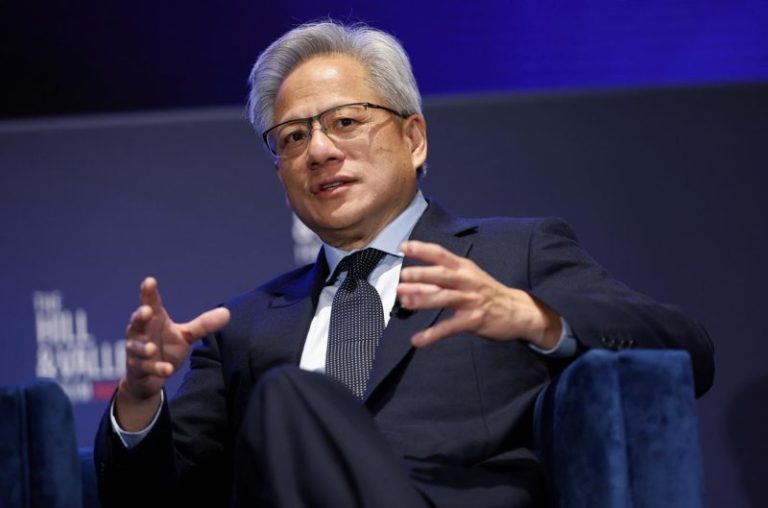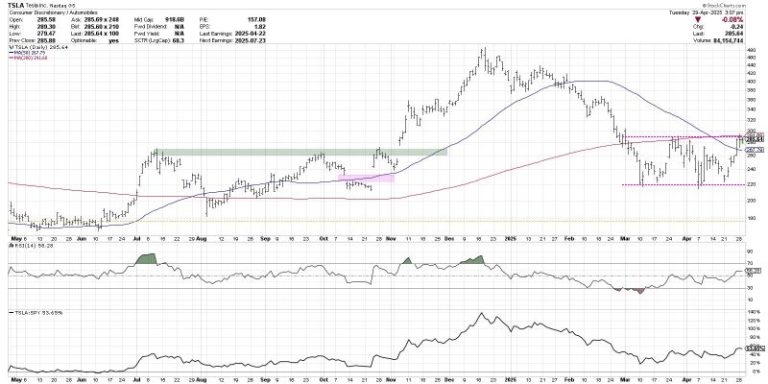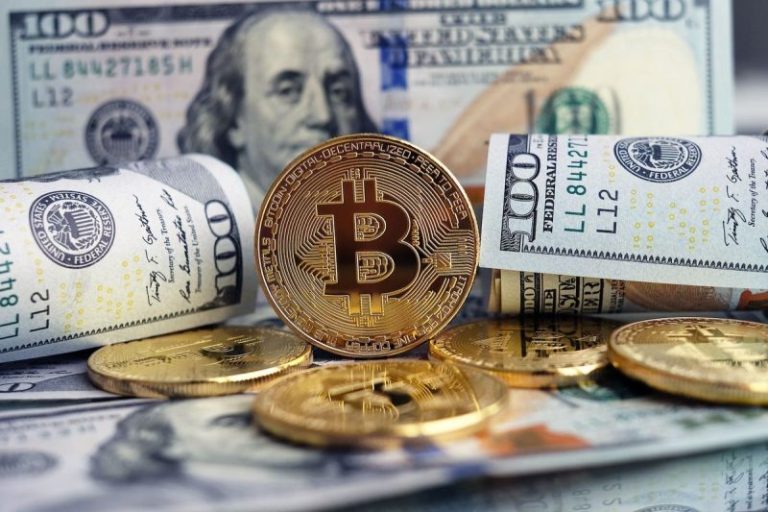President Donald Trump used to refer to Jeff Bezos as “Jeff Bozo.” Now, after more drama between the two men, Trump is calling the Amazon founder a “good guy.”
Amazon’s earnings report, scheduled for Thursday, already had investors on edge due to the president’s sweeping tariffs and the potential impact they’ll have across the tech giant’s numerous businesses. With its stock price down 17% this year, Amazon is expected to report its slowest rate of revenue growth for any period since 2022, and that doesn’t reflect the levies announced in early April.
The tension got amped up early this week.
The White House on Tuesday criticized Amazon for reportedly planning to display on its site how much the new tariffs on top U.S. trading partners are driving up prices for consumers. After the story was published by Punchbowl News, Trump called Bezos to complain.
Amazon swiftly responded and said no such change was coming.
“This was never approved and is not going to happen,” Amazon wrote in a blog post that totaled 31 words.
President Trump frequently hurled insults at Bezos during his firm term in the White House, largely because of the Amazon founder’s ownership of the Washington Post. Bezos has recently gone out of his way to try and mend the relationship, traveling to Washington, D.C., for the inauguration in January.
The president said he was pleased with their latest phone call.
“Jeff Bezos was very nice,” Trump told reporters later on Tuesday. “He was terrific. He solved the problem very quickly and he did the right thing. He’s a good guy.”
Amazon clarified that it was only considering displaying the import fees on products sold on its discount storefront, Amazon Haul, which competes with ultra-cheap Chinese retailer Temu. Products on Haul cost $20 or less and many of them are sold direct from China using the de minimis trade exemption. That loophole is set to go away next month after Trump signed an executive order, making it more expensive to ship those products to the U.S.
The clash with Trump highlights the pressure Amazon is under to blunt the impact of Trump’s aggressive tariffs on Chinese imports, which total 145%. The company faces significant exposure to the tariffs, primarily through its retail unit. Amazon sources some products from China, while many sellers on its third-party marketplace rely on the world’s second-largest economy to make or assemble their products.
The topic of tariffs will hover over Amazon’s first-quarter earnings report. Investors will want to know how higher import costs could impact its margins, and whether uncertainty around the tariffs has caused shoppers to be more cautious with their spending.
For the quarter, Amazon is expected to report earnings per share of $1.37 and revenue of $155.04 billion, according to LSEG, which would represent annual growth of just over 8% and would be the slowest rate of expansion since the second quarter of 2022.
Amazon CEO Andy Jassy told CNBC earlier this month that the company hasn’t seen a drop-off in consumer demand. Amazon is “going to try and do everything we can” to keep prices low for shoppers, including renegotiating terms with some of its suppliers, Jassy said. But he acknowledged some third-party sellers will “need to pass that cost” of tariffs on to consumers.
Analysts at UBS said in a note to clients on Tuesday that at least 50% of items sold on Amazon are subject to Trump’s tariffs and could become more expensive as a result.
“Consumers therefore might have to make more difficult choices on where to allocate their dollars,” wrote the analysts, who have a buy rating on Amazon shares.
Amazon has reportedly pressured some of its suppliers to cut prices to shrink the impact of Trump’s tariffs, according to the Financial Times.
Some sellers have already raised prices and cut back on advertising spend as they contend with higher import costs. Others are looking to secure new suppliers in countries like Vietnam, Mexico and India, where tariffs are increasing under Trump, but are mild compared with the levies imposed on goods from China.
Temu and rival discount app Shein implemented price hikes on many items last week. Temu has since added “import charges” ranging between 130% and 150% on some products.
Wall Street will likely be focused on Amazon’s commentary surrounding business conditions going forward. The third quarter will include the results of Amazon’s Prime Day shopping event, typically held in July across two days. Amazon sellers previously told CNBC they may run fewer deals for this year’s Prime Day to conserve inventory or because they can’t afford to mark down products any further.
Bank of America analysts said in a note to clients this week that it sees the potential for Amazon to give a “wider guidance range” in its earnings report on Thursday, “though the impact may be bigger in the third quarter.”
Analysts at Oppenheimer said investors are “highly uncertain” as to the impact of tariffs on Amazon’s e-commerce business. The firm has an outperform rating on Amazon’s stock.
“We are assuming Q3 is the quarter most impacted as sellers should still have pre-tariff inventory through May and therefore don’t need to raise prices yet,” the analysts wrote.
Amazon didn’t provide a comment beyond its short statement on Tuesday.
This post appeared first on NBC NEWS










